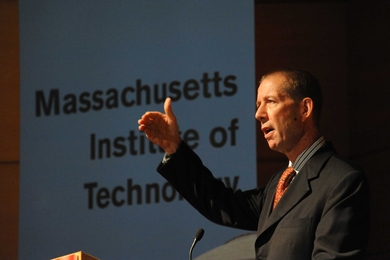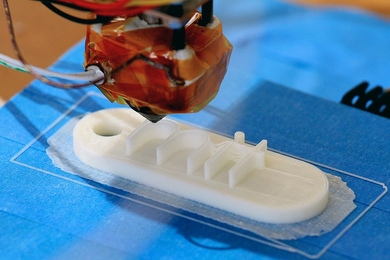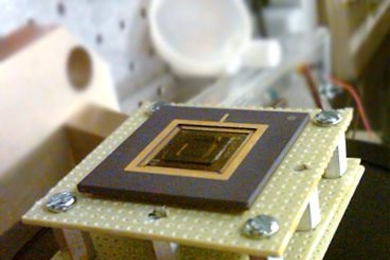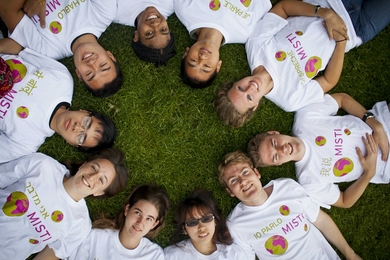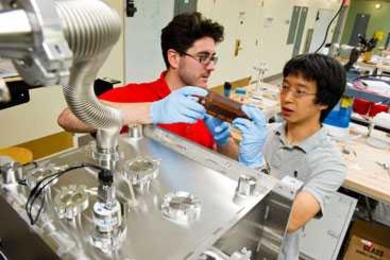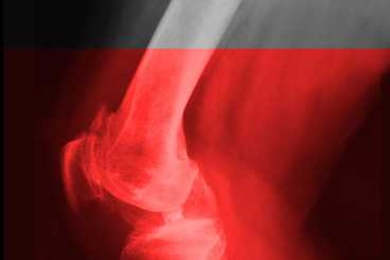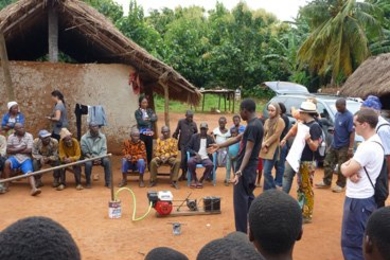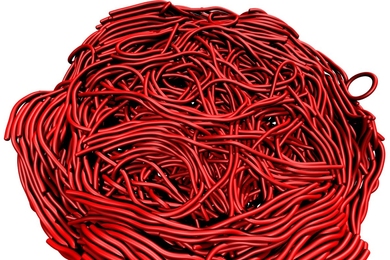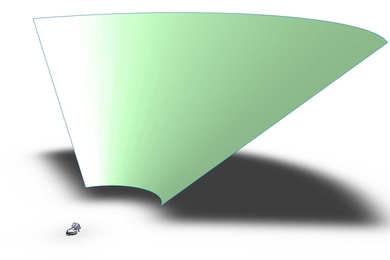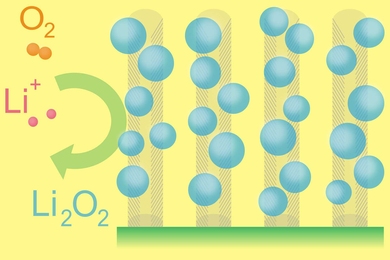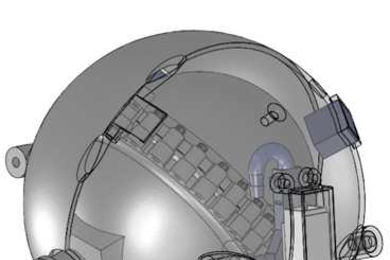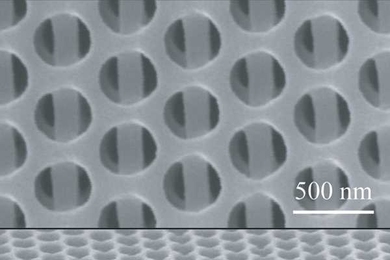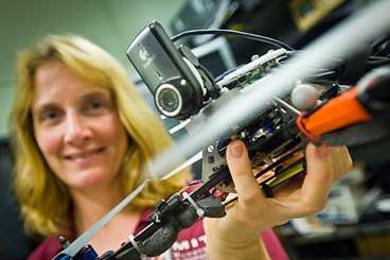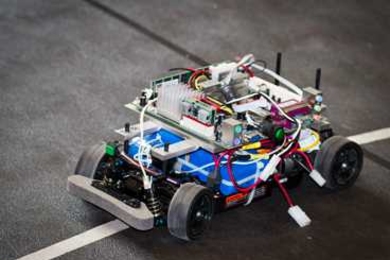Printing off the paper
MIT research continues to push the boundaries of the burgeoning technology of 3-D printing.
‘I speak MISTI’
MIT program sends students abroad for experiences tailor-made for their academic and professional interests.
Stopping arthritis before it starts
A commonly used drug may prevent osteoarthritis in people who suffer severe joint injuries.
In the World: Design summit’s inventions find willing buyers
Devices to improve lives in developing countries are so appealing that even the initial prototypes attract buyers.
Disease-causing tangle could spawn new materials
Amyloids, associated with Alzheimer’s and other diseases, could be inspiration for tough synthetic polymers.
How to make solar power 24/7
MIT team designs concentrated solar thermal system that could store heat in vats of molten salts, supplying constant power.
Research update: Improving batteries’ energy storage
New method allows a dramatic boost in capacity for a given weight.
Inside the innards of a nuclear reactor
Tiny robots may monitor underground pipes for radioactive leaks.
A new way to build nanostructures
Combining top-down and bottom-up approaches, new low-cost method could be a boon to research with a variety of applications.
Moving inventions to the marketplace
MIT/Harvard symposium seeks commercial opportunities for emerging technologies.
‘Smart cars’ that are actually, well, smart
Mechanical engineers work to develop intelligent onboard transportation systems that can prevent car crashes.
